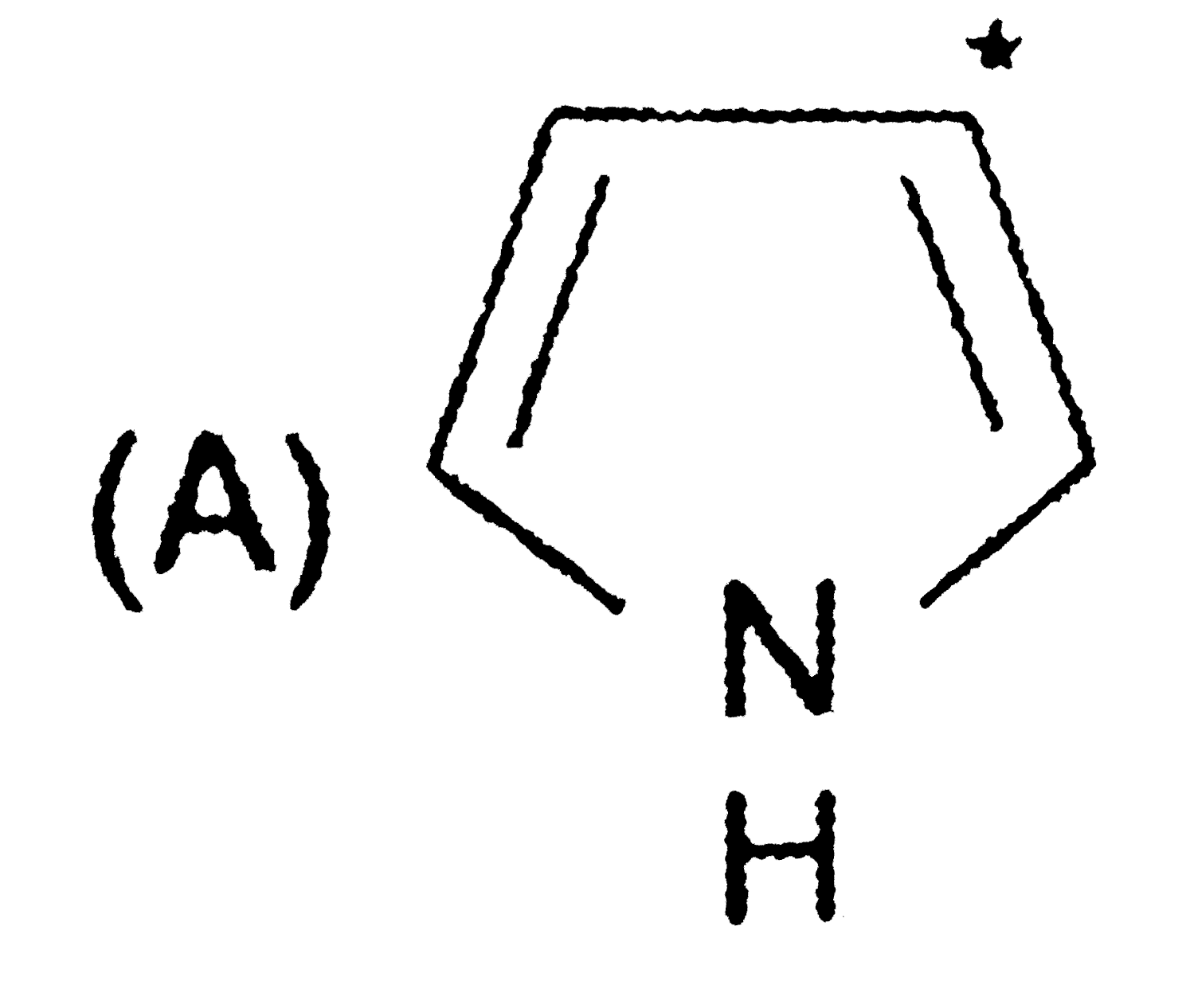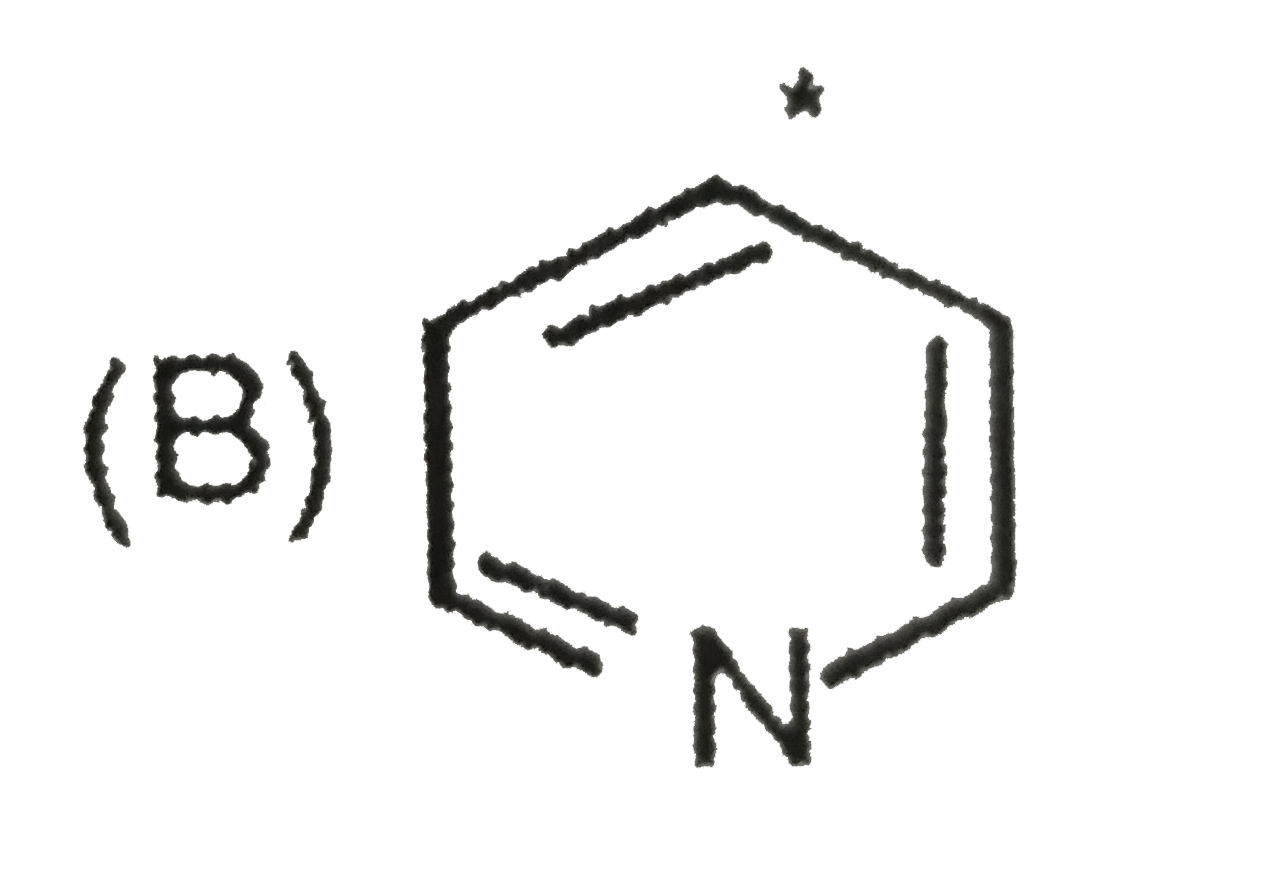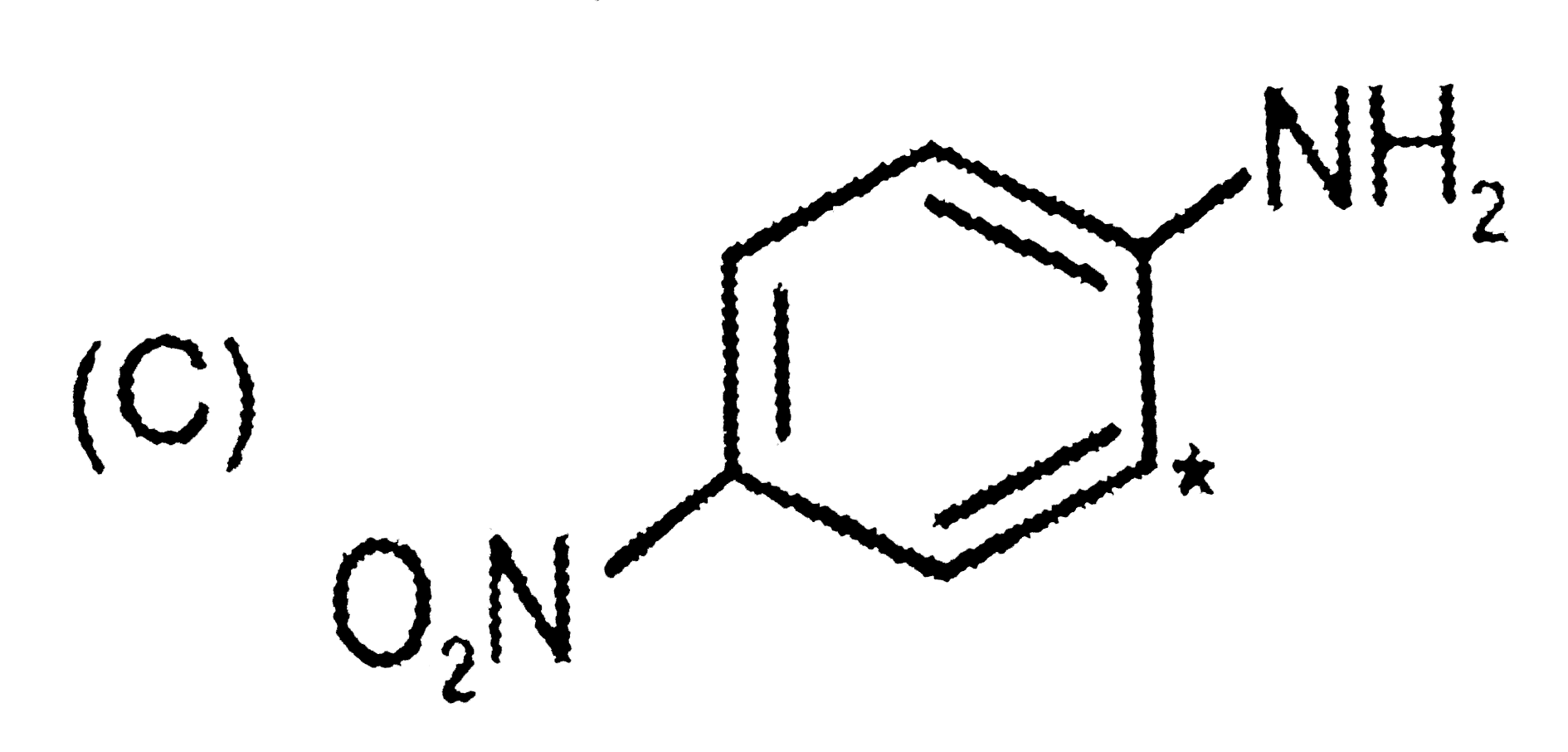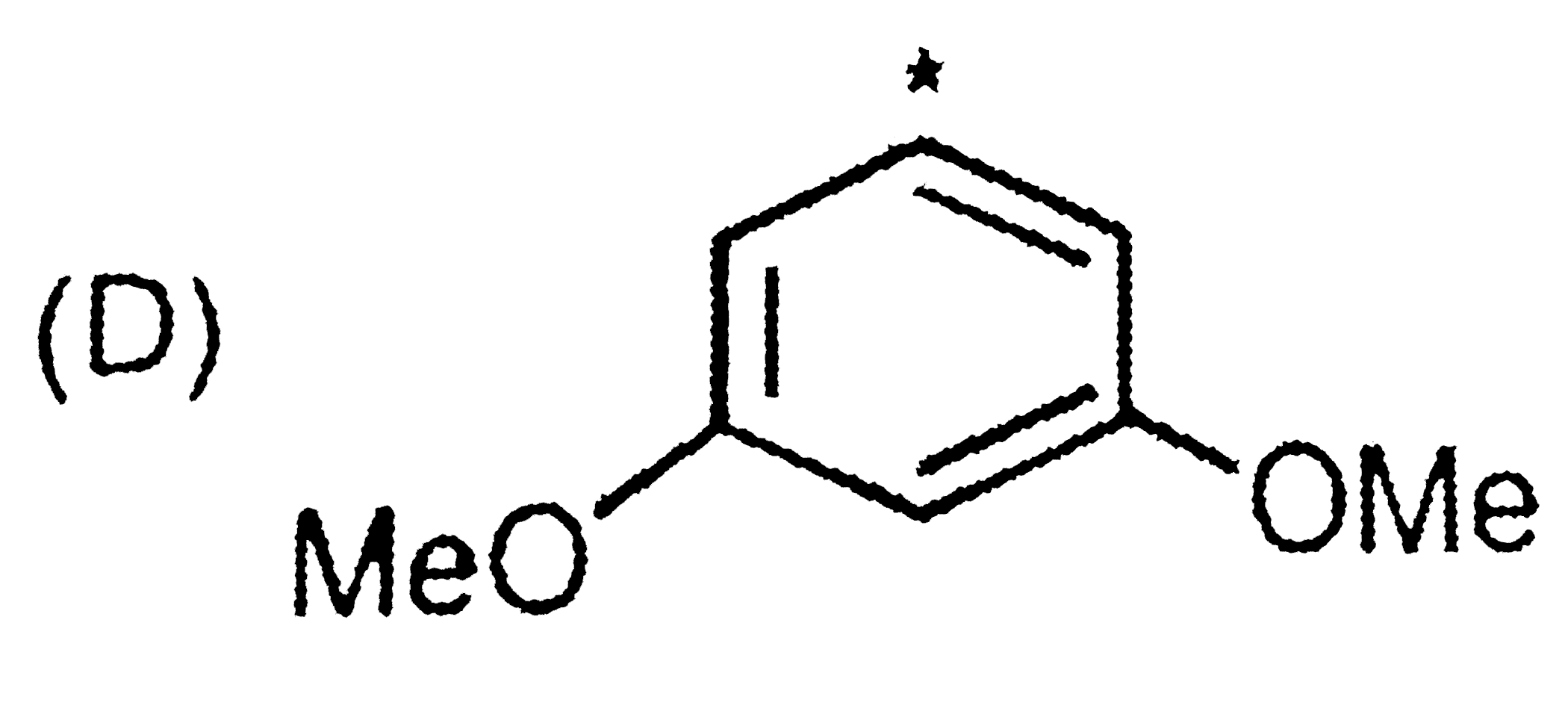The most favourable position (indicated by) for an electrophilic attack is




The correct Answer is:C
Step by step video & image solution for The most favourable position (indicated by) for an electrophilic attack is by Chemistry experts to help you in doubts & scoring excellent marks in Class 12 exams.
Topper's Solved these Questions
- BOOK - RESONANCE ENGLISHCHAPTER - AROMATIC COMPOUNDSEXERCISE - Part - III Practice Test-21videos
AROMATIC COMPOUNDS
- BOOK - RESONANCE ENGLISHCHAPTER - AROMATIC COMPOUNDSEXERCISE - Part - III Practice Test-31videos
AROMATIC COMPOUNDS
- BOOK - RESONANCE ENGLISHCHAPTER - AROMATIC COMPOUNDSEXERCISE - APSP (Part-I)30videos
AROMATIC COMPOUNDS
- BOOK - RESONANCE ENGLISHCHAPTER - ALKYL HALIDE, ALCOHOL, PHENOL, ETHEREXERCISE - ORGANIC CHEMISTRY(Alkyl Halide, Alcohol,Phenol,Ether)56videos
ALKYL HALIDE, ALCOHOL, PHENOL, ETHER
- BOOK - RESONANCE ENGLISHCHAPTER - BASIC CONCEPTSEXERCISE - ORGANIC CHEMISTRY(BASIC CONCEPTS)27videos
BASIC CONCEPTS
Similar Questions
Knowledge Check
- Question 1 - Select One
The positive value of ΔS indicates that
Athe system becomes less disorderedBthe sytem becomes more disorderedCthe system is in equilibrium positionDthe system tends to reach at at equilibrium position.
The −NO2 group in an aromatic ring deactivates the ortho and para positions for an electrophilic attack. When −NO2 group is present at ortho or para positions of a leaving group (Nucleofuge) it activates the ring for nucleophilic attack. The reduction of −NO2 group by metal in acid causes its reduction to −NH2 group and then the ring becomes strongly activated for a electrophilic attack. The strong activation of −NH2 group is moderated by its acylation with CH3COCl to −NHAc group. Deacylation is carried out by hydrolysis with H3O+ or OH−. The ring alkylation by using RX/AlX3 is not possible in presence of −NO2 or −NH2 group but is possible in presence of −NHAc group.

The product (I) is :View SolutionThe −NO2 group in an aromatic ring deactivates the ortho and para positions for an electrophilic attack. When −NO2 group is present at ortho or para positions of a leaving group (Nucleofuge) it activates the ring for nucleophilic attack. The reduction of −NO2 group by metal in acid causes its reduction to −NH2 group and then the ring becomes strongly activated for a electrophilic attack. The strong activation of −NH2 group is moderated by its acylation with CH3COCl to −NHAc group. Deacylation is carried out by hydrolysis with H3O+ or OH−. The ring alkylation by using RX/AlX3 is not possible in presence of −NO2 or −NH2 group but is possible in presence of −NHAc group.

The product (G) is :View SolutionThe −NO2 group in an aromatic ring deactivates the ortho and para positions for an electrophilic attack. When −NO2 group is present at ortho or para positions of a leaving group (Nucleofuge) it activates the ring for nucleophilic attack. The reduction of −NO2 group by metal in acid causes its reduction to −NH2 group and then the ring becomes strongly activated for a electrophilic attack. The strong activation of −NH2 group is moderated by its acylation with CH3COCl to −NHAc group. Deacylation is carried out by hydrolysis with H3O+ or OH−. The ring alkylation by using RX/AlX3 is not possible in presence of −NO2 or −NH2 group but is possible in presence of −NHAc group.

The product (H) is :View SolutionThe most favourable product of the following reactions is
 View Solution
View SolutionMost favourable conditions for electrovalent bonding are
View SolutionBollworms attacks
View SolutionThe general electrophilic substitution reaction (replacement of H. by an electrophilic which is an electron deficient species) in aromatic ring is represented as followed.

An electrophilic attacks on ortho and para positions which respect to a stronger +m group are present in benzene ring and the electrophilie attacks at meta position with respect to stronger -m group if two -m groups are present in benzene ring.
The product of the following reaction is
 View Solution
View Solution

